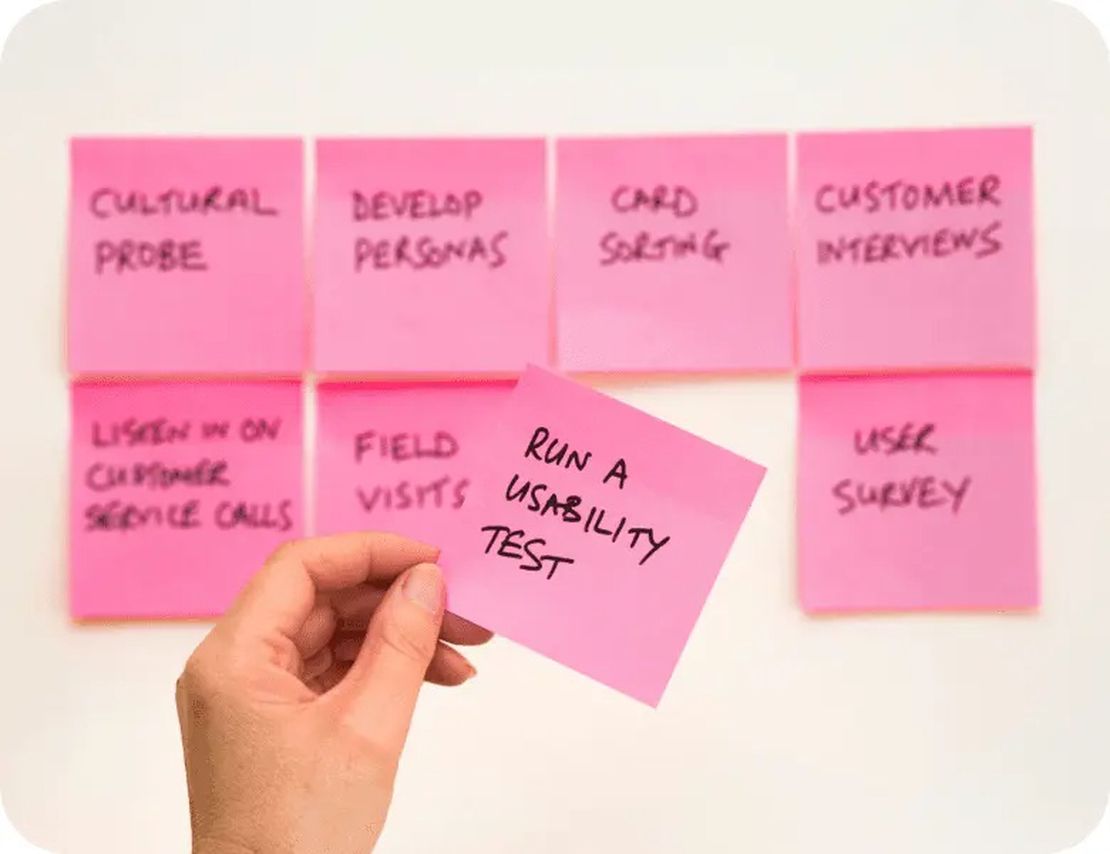As enterprises scale their CI/CD practices across multiple teams and business units, they often face challenges with inconsistent implementations, duplicated efforts, and varying levels of maturity. A CI/CD Center of Excellence (CoE) provides a strategic approach to addressing these challenges by centralizing expertise while empowering teams. This article explores how to establish and operate an effective CI/CD CoE.
What is a CI/CD Center of Excellence?
A CI/CD Center of Excellence is a dedicated team or virtual organization responsible for:
- Establishing CI/CD standards and best practices
- Building reusable components and shared tools
- Providing expertise and consultative support
- Driving continuous improvement and innovation
- Managing shared infrastructure and platforms
Unlike centralized CI/CD teams that may become bottlenecks, CoEs focus on enablement and standardization while allowing teams to own their implementations.
Building Your CI/CD CoE: Key Components
Through our work with enterprise clients at Continuity CI, we’ve identified several critical components of successful CI/CD Centers of Excellence:
1. Organizational Structure
Effective CoEs typically follow one of several models:
- Dedicated team with full-time specialists
- Virtual team of practitioners from different business units
- Hybrid model with core team and rotating contributors
2. Roles and Responsibilities
Key roles within a successful CoE include:
- CoE Leader: Sets strategy and interfaces with leadership
- Pipeline Architects: Design reference architectures
- Tool Specialists: Provide expertise on specific tools
- Enablement Specialists: Train and coach teams
- Platform Engineers: Maintain shared infrastructure
3. Core Responsibilities
The most effective CoEs focus on:
- Reference architecture development
- Shared component libraries
- Documentation and knowledge base
- Training and certification programs
- Metrics and continuous improvement frameworks
Implementation Strategy
Based on our experience helping enterprises establish CoEs, we recommend a phased approach:
Phase 1: Foundation (1-3 months)
- Secure executive sponsorship
- Establish initial team and governance
- Document current state and challenges
- Define success metrics
Phase 2: Development (2-4 months)
- Create reference architectures
- Build initial shared libraries
- Develop standards documentation
- Establish training programs
Phase 3: Expansion (3-6 months)
- Pilot with select teams
- Refine based on feedback
- Develop metrics dashboards
- Expand training offerings
Phase 4: Optimization (Ongoing)
- Regular standards reviews
- Technology radar assessments
- Community building
- Innovation programs
Measuring CoE Effectiveness
Successful CoEs track their impact through:
1. Direct Metrics
- Teams adopting standards
- Reuse of shared components
- Training participation and certification
- Support request volume and resolution
2. Outcome Metrics
- Pipeline performance improvements
- Reduced mean time to recovery
- Increased deployment frequency
- Reduced duplication of effort
Case Study: Financial Services CoE Transformation
At Continuity CI, we recently helped a global financial services organization establish a CI/CD Center of Excellence supporting over 5,000 developers. Within 12 months, their CoE had standardized CI/CD practices across 70% of teams, reduced average onboarding time for new projects by 65%, and decreased overall CI/CD infrastructure costs by 30% through shared resources and optimization.
Building an effective CI/CD Center of Excellence requires a strategic approach focused on enablement rather than control. With proper planning, executive support, and a focus on demonstrable outcomes, a CoE can dramatically transform your organization’s CI/CD capabilities. Contact our team to discuss how we can help your enterprise establish or optimize a CI/CD Center of Excellence.





